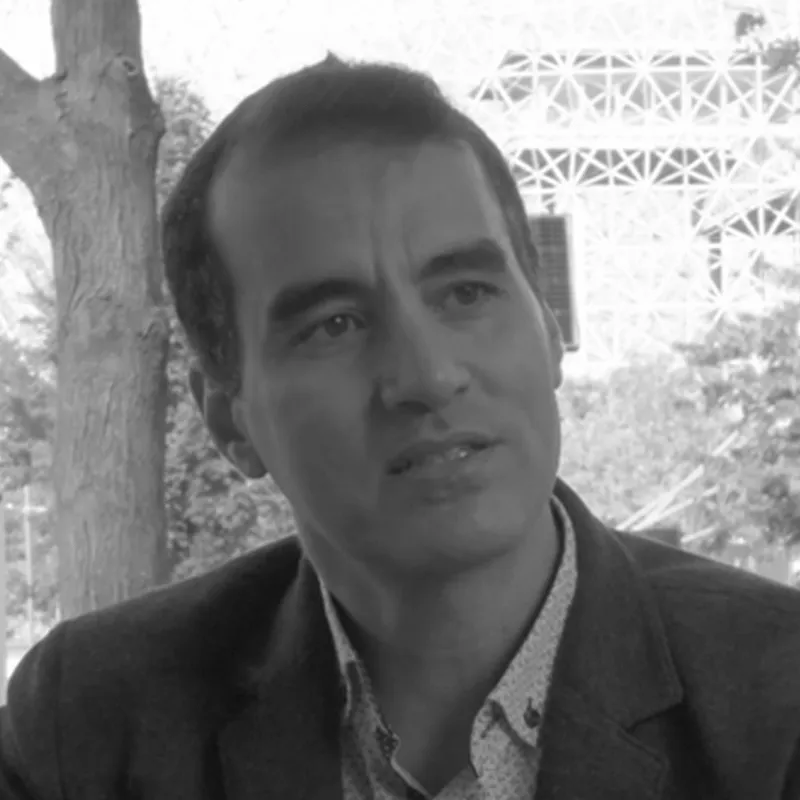
저는 박사 학위를 받을 때 세계 박람회에 관심이 있었어요. 그래서 박람회를 통해 오리엔탈리즘과 오리엔탈리즘 건축이라는 개념에 대해 많은 글을 썼고요. 엑스포 67에 관한 연구를 시작할 때도 마찬가지였습니다. 한국관은 오리엔탈리즘 건축에 속하고, 한국관에 대한 저의 연구도 이러한 맥락의 연장선에 있습니다.
도코모모 퀘벡은 모던 헤리티지를 보존하고 기록하는 도코모모 인터내셔널이라는 대규모 네트워크의 한 지부이자 협회의 일부입니다. 퀘벡 영토 자체와 몬트리올과 퀘벡의 모던 헤리티지에 집중하고 있습니다. 이 연구의 주요 실패 사례 중 하나가 EXPO 67 부지인데, 이는 남은 파빌리온 때문이며 그중 하나가 한국관입니다.
솔직히 처음에는 한국관이나 한국의 세계 박람회 참가 이력 같은 정보가 그리 많지 않았어요. 그래서 제가 가장 먼저 시작한 일은 한국의 세계 박람회 참가 역사를 되짚어보며 한국의 역사를 더 잘 이해하고, 세계 박람회에서 한국이 어떤 방식으로 전시를 했는지 아는 것이었습니다. 프랑스 반라템 교수와 함께 쓴 기사가 한국관을 다룬 최초의 기사라고 생각하고요. 자료가 많이 없었는데 레비 뒤 코레네의 아카이브에서 신문과 매우 희귀한 문서에 실린 일부 자료도 찾았습니다. 그밖에 다른 자료를 찾기가 쉽지 않았습니다.
장 드라포 공원을 책임지고 있는 학회에서도 프레젠테이션에 참석해서 이 문제에 대해 조금 민감하게 반응하며 작업을 시작했다고 생각합니다. 제가 기억하기로는 2016년에 이 파빌리온 연구를 시작했을 때만 해도 주변 나무에 가려져 있었어요. 적어도 지금은 구조물은 잘 볼 수 있답니다.
다만 파빌리온에 기능을 부여하는 것이 남은 문제라고 생각해요. 일반적으로 문화유산 하면 무언가를 보존하거나 기금을 조달하는 질문을 할 텐데, 이 경우는 그 건물로 앞으로 무엇을 할 것인가라는 질문이 중요합니다. 이 파빌리온이 사람들에게 무엇을 줄 것인가에 대한 질문 말입니다. 지금은 아시다시피 버스 정류장에 있는 쉼터 역할을 하고 있습니다. 저는 이런 훌륭한 유산에 쉼터 기능은 그다지 적절하지 않다고 말하고 싶습니다. 그래서 이 파빌리온의 기능을 찾아내면 사람들이 보존을 위해 더 노력하게 될 거라고 생각해요. 심지어 엑스포 67 한국관 친구들은 이 파빌리온을 임시 전시장으로 만들어서 전시회를 열자고 시에 제안하기도 했어요. 물론 모든 제안은 환영을 받았지만, 아직까지는 진지하게 받아들여지지는 않았습니다.
When I was pursuing my PhD, I developed an interest in world expositions. I wrote extensively on the notions of Orientalism and Orientalist architecture through the lens of these expositions. It was in the same context that I began my research on Expo 67. The Korean Pavilion falls within the category of Orientalist architecture, and my study of the pavilion continues along this line of inquiry. DOCOMOMO Québec is a local chapter of DOCOMOMO International, a large network dedicated to preserving and documenting modern heritage. The Québec chapter focuses on the modern heritage of the province as well as of Montreal and Quebec City. One of the major cases of failure in preservation is the Expo 67 site, due in part to the few remaining pavilions—one of which is the Korean Pavilion.
To be honest, at first there wasn’t much information available about the Korean Pavilion or Korea’s participation in world expositions. So the very first step I took was to trace back Korea’s history of involvement in world expositions in order to better understand Korean history and how Korea presented itself at these events. I believe that the article I co-authored with Professor Ban Lathem in France was the very first one to focus on the Korean Pavilion. At the time, resources were scarce, but I was able to find some materials in the archives of La Vie des Coréens, including newspapers and a few very rare documents. Beyond that, it was quite difficult to locate additional sources.
I believe that even the association responsible for Parc Jean-Drapeau reacted somewhat sensitively to this issue and began to engage with it after attending the presentation. As I recall, when I first began researching this pavilion in 2016, it was hidden among the surrounding trees. At least now, the structure itself can be clearly seen. That said, I think the remaining challenge is to give the pavilion a function. When it comes to heritage, the typical questions are about preservation or fundraising. In this case, however, the more important question is: what should be done with the building in the future? What can this pavilion offer to people? As you know, at the moment it simply serves as a shelter at a bus stop. I would argue that such a role is not really appropriate for a heritage of this value. I believe that once a meaningful function is found for the pavilion, people will be more motivated to preserve it. In fact, the Friends of the Expo 67 Korean Pavilion even proposed to the city that it be used as a temporary exhibition space. Of course, all such proposals were welcomed, but none have yet been taken seriously.